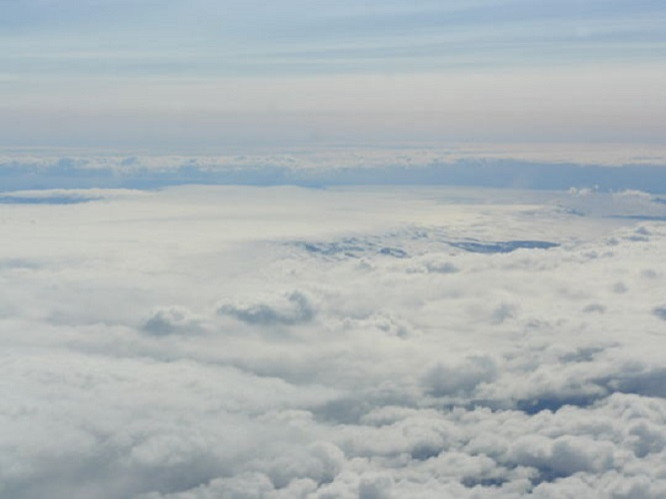Iceland's Bardarbunga Volcano: 50/50 Chance of Eruption But Low Risk to Air Travel, Expert Says

The Bardarbunga volcano in Iceland has a 50/50 chance of erupting, an expert has said.
Rebecca Williams, a volcanologist at the University of Hull, told IBTimes UK that at present there is no way of knowing what will happen with Bardarbunga.
The volcano has recently shown signs of increased seismic activity. Icelandic officials raised the alert level on the volcano to orange earlier this week, saying there is a risk of an "explosive subglacial eruption".
Since the 2010 eruption of Eyjafjallajokull, which grounded thousands of flights due to the huge ash cloud it emitted, aviation and governmental authorities have been on high alert, with many concerned a repeat could occur if Bardarbunga erupts.
Earlier today, the Icelandic Met Office issued a statement saying "intense earthquake activity continues" at the site and that "there are no signs that the seismic activity is decreasing".
"A 25 km long dyke has formed in the crust under the Dyngjujökull glacier at 5-10 km depth. Interpretation of the latest data suggests that the magma continues to move along the dyke, possibly branching at the northeast end of the dyke," it said.
Explaining the situation, Williams said there have been a series of small earthquakes, suggesting there is magma underground.
"Scientists think that magma is sitting at depth in a vertical fissure and it is slowly moving NE. This is called a dyke intrusion. Some dykes eventually reach the surface causing an eruption, others say underground and cool where they are.

"At this stage, there is no real way of telling. If the earthquakes get shallower and shallower, that would be one way. It's really 50/50 whether this will result in an eruption or not."
She said that there are a few different scenarios for what could happen if an eruption does take place.
"If the dyke reaches the surface it could cause a fissure eruption which would involve fire fountains and lava flows. It's possible that this could react with the ice and cause an explosive eruption, which would form an ash plume.
"The second scenario, is that under the main volcanic vent at Bardarbunga, there is a magma reservoir which is more evolved [and] which could cause a big explosive eruption, though actually analysis of previous eruptions has shown that the magma is mostly basaltic, so less likely."
In terms of disruption to air travel, Williams said this is less of a concern – she explained this was an extreme case as a result of an explosive eruption and a jet stream. In comparison, she noted, the Grimsvotn eruption in 2011 caused far less disruption to air travel, even though it was more explosive.
"Also, the ash=no fly rules have changed, and we understand the effects of ash on planes a lot better now. So if an eruption occurs, it may well disrupt some air travel, but only the biggest eruptions would lead to the air space closures seen in 2010."
Click here to see a visualisation of earthquakes over the last 10 days at Bardarbunga created by code maker Aitor García Rey.
© Copyright IBTimes 2025. All rights reserved.






















